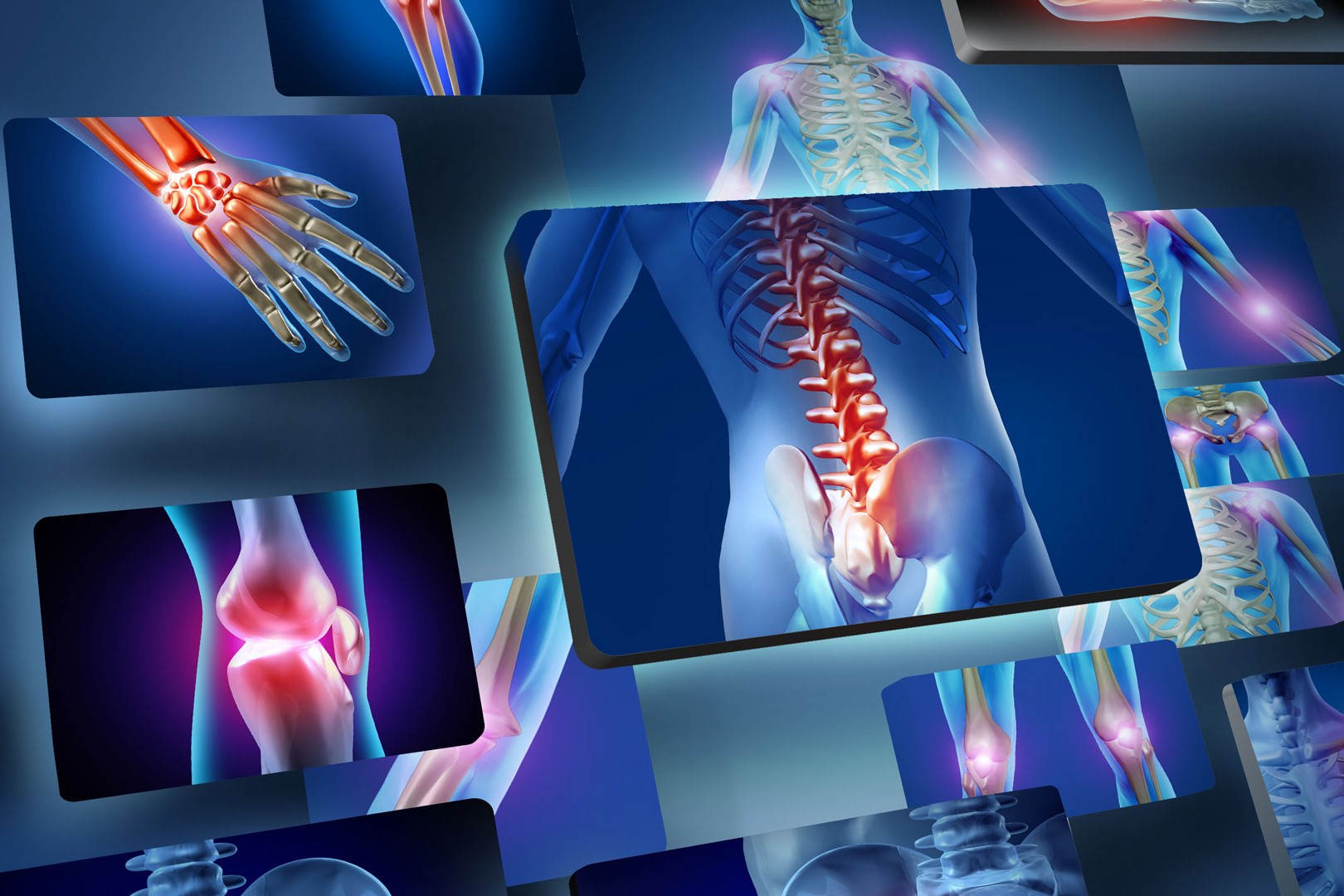
Creaking joints: why and when to worry?
It has probably happened to everyone that their joints creak with small and sometimes disturbing noises that appear suddenly when performing common gestures, such as bending down to pick something up or turning one’s head to look away
Why joints creak
Joint creaking is not in itself an indication of something wrong, but in some cases it could imply an arthrotic condition, especially as we age.
It is therefore not worrying, but a symptom of normal ageing: we speak in these cases of micro-ruptures in the cartilage of the joints or the intervertebral discs of the spine.
Almost all joints can be affected by this phenomenon, but in particular the most affected are those of:
- knees;
- shoulders;
- fingers;
- neck.
Sometimes the noise appears inadvertently as a result of a common movement, other times during physical activity.
When to seek medical advice?
When should these creaking noises alert us and when should we seek medical attention?
If the noise is accompanied by pain and if the occurrence is repeated over time, it is advisable to consult a specialist to assess the problem.
What are the causes
If you are a sedentary person, creaking joints may appear accompanied by pain when performing normal daily activities: for example, climbing stairs or carrying shopping bags.
This happens because:
- the muscles that protect the joints lack tone and mass;
- there is an incorrect posture of the spine.
Causes of joint creaks in athletes
If you are a sportsman and noise and pain appear during physical activity, on the other hand, the problem may stem from incorrect training.
Beware therefore of:
- overtraining
- lack of gradualness and continuity in performing gym sessions;
- running.
A fundamental aspect that is often underestimated lies in the right choice of equipment: a runner who runs with inadequate shoes or on terrain that is too hard can unintentionally damage his or her joints.
Even in the gym, it is good to be supervised by competent personnel, who can provide useful advice to change any mistakes that, if perpetuated over time, could do more harm than good.
Therefore, not only those who are advanced in age, but also younger people can experience this condition and, for example, experience a creaking knee during a run or squat session in the gym.
In the lower limbs, if the creaking occurs regularly, every time we do exercises, and is accompanied by pain, it could be an alarm bell that should make us think that our cartilage is not in good condition.
The problem localised in the upper limbs could then result from tendon wear or lack of muscle tone.
Joints, the diagnosis
In the presence of pain, it is best to undergo a specialist examination.
It will be the doctor who, having analysed the situation, will assess whether to investigate the clinical picture further by subjecting the subject to diagnostic examinations such as, for example, a magnetic resonance imaging (MRI) to identify the pathology.
Cures and treatments
If the problem is cartilage, there are several solutions that help lubricate and regenerate the cartilage, such as:
- collagen supplements;
- glucosamine;
- chondroitin sulphate;
- hyaluronic acid.
An additional therapy is PRP (platelet-rich plasma) which, with its growth factors, improves cartilage regeneration, allowing the patient to stop experiencing pain.
Physical activity
These treatments alone are not enough.
If you are a sedentary individual, you need to change your lifestyle by starting a minimum of gymnastic-sporting activity:
- walking;
- running;
- swimming;
- cycling;
- yoga;
- pilates.
Sport practised at all levels can be of great help to our health: it is enough to do activity three times a week, even for just half an hour a day.
Nowadays, more attention is paid to the body than to the engine, but our bodies need to be properly trained and nourished in order to be fit.
Weight also plays an essential role in the onset of cartilage pathologies: if a person is overweight, there is an overload of the joints; if, on the other hand, a person is too thin, the lack of muscle does not adequately protect them.
It is therefore necessary to get into the right physical shape and lead a healthy lifestyle.
Furthermore, if the problem concerns
- arms: it is useful to tone the upper limbs with specific activities in the gym (using machines) or by swimming;
- the neck: it is important to correct one’s posture (head and shoulders) at work, sitting at a desk in front of the PC or while walking;
- the lower limbs: cycling is a panacea, as it allows you to train your legs in axis and without load.
In any case, it is always useful to strengthen the muscle walls and regularly practice stretching and physical activity in general (swimming, dancing…) at any age, even in the absence of pain, precisely in order to counteract the intensification of these annoying creaks.
Read Also:
Emergency Live Even More…Live: Download The New Free App Of Your Newspaper For IOS And Android
Treating Injuries: When Do I Need A Knee Brace?
Wrist Fracture: How To Recognise And Treat It
Carpal Tunnel Syndrome: Diagnosis And Treatment
How To Put On Elbow And Knee Bandages
Arthrosis: What It Is And How To Treat It
Juvenile Idiopathic Arthritis: Study Of Oral Therapy With Tofacitinib By Gaslini Of Genoa
Rheumatic Diseases: Arthritis And Arthrosis, What Are The Differences?
Rheumatoid Arthritis: Symptoms, Diagnosis And Treatment
Joint Pain: Rheumatoid Arthritis Or Arthrosis?
Knee Ligament Rupture: Symptoms And Causes
Lateral Knee Pain? Could Be Iliotibial Band Syndrome


